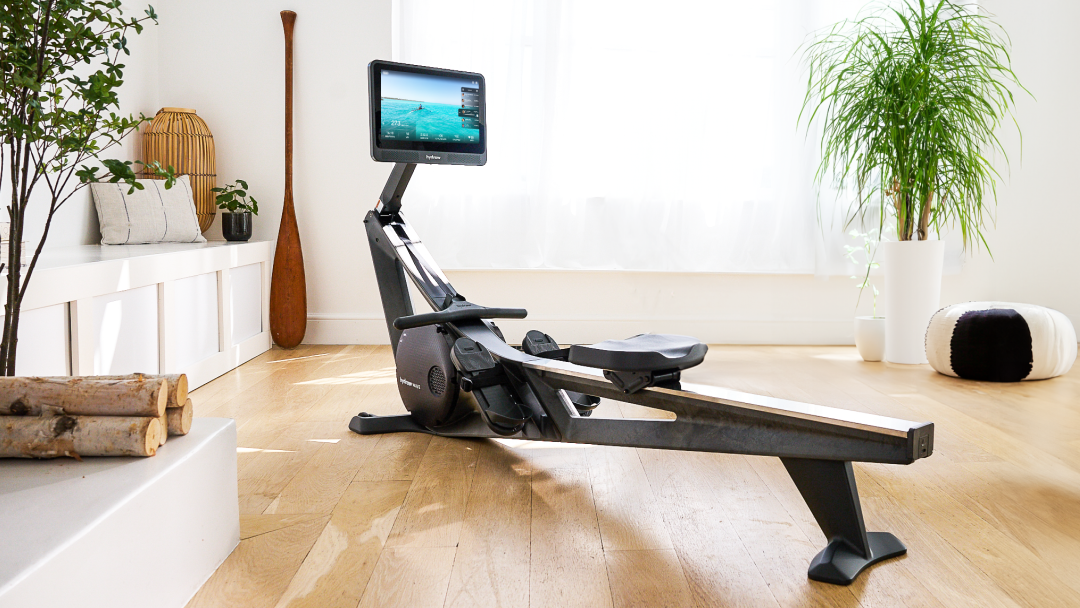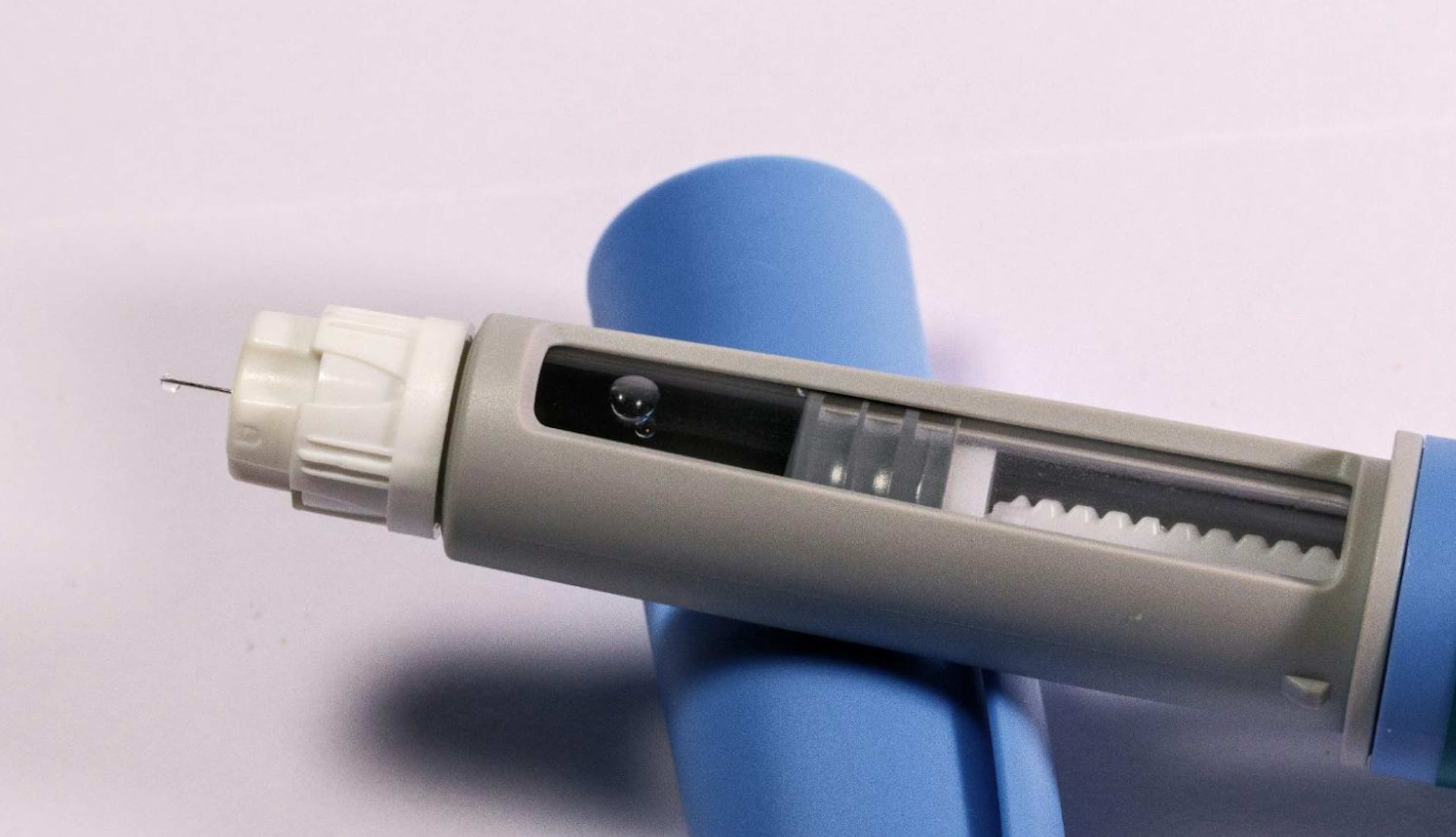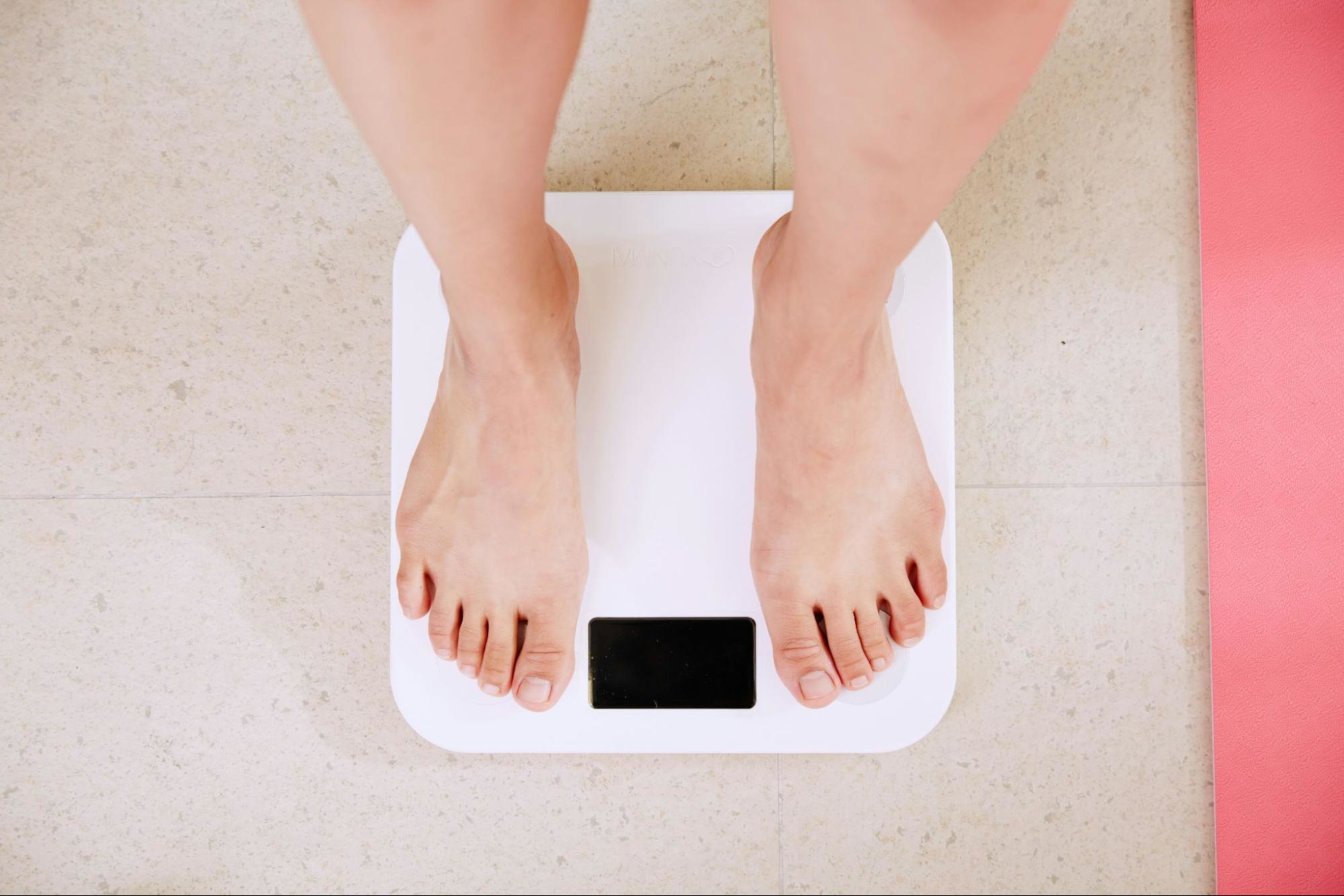How to Combat Muscle Loss While Taking GLP-1s

GLP-1 medications are gaining popularity as an effective treatment for weight loss, but they can raise concerns about the potential for muscle loss. While research suggests these medications may impact muscle mass, there are effective strategies to help minimize this.
In this guide, we’ll explore how to protect your muscle mass while taking GLP-1s, so you can enjoy the benefits of the medication without compromising your strength or definition.
Let’s dive in!
What are GLP-1s, and how do they work?
GLP-1 receptor agonists, such as semaglutide and liraglutide, are medications that mimic the action of the glucagon-like peptide-1 (GLP-1), a hormone naturally produced in the gut. These medications are primarily used to treat type 2 diabetes but are also being used to aid with weight management due to their ability to increase insulin secretion, decrease the liver’s production of glucose, and increase feelings of fullness after eating, leading to reduced food intake.
However, when you quickly lose weight after taking these medications, you aren’t only losing body fat—you’re losing muscle mass as well. In fact, according to The Lancet, muscle loss with GLP-1 medications (as indicated by decreases in fat-free mass) ranges from 25% to 39% of the total weight lost over 36–72 weeks.
This muscle loss, known as sarcopenia, can result in decreased strength, stamina, and a lower resting metabolic rate.

Holiday savings are here
Bring home our award-winning rowers at the best prices of the year.
Why muscle loss can occur while taking GLP-1s
Having a reduced appetite from taking GLP-1s can lead to insufficient calorie and protein intake, causing a loss of muscle mass. In a caloric deficit, the body seeks alternative energy sources. If protein intake is insufficient, the body may break down muscle tissue to meet energy needs.
Calorie restriction can also decrease the rate of muscle protein synthesis, the process by which new muscle proteins are formed. This reduction, combined with increased muscle protein breakdown, leads to muscle loss.
In addition, some GLP-1 users may experience fatigue or reduced physical activity, which can further contribute to muscle loss. If you’re losing weight without even needing to work out, you may feel less incentivized to prioritize exercise (despite its many other benefits beyond weight loss!).
It's important to note that while some muscle loss is expected with weight loss, the benefits of using GLP-1 receptor agonists for weight management often outweigh the risks, especially for individuals with obesity or type 2 diabetes. The key is to balance weight loss with strategies that preserve muscle mass to maintain overall health and metabolic function.
How to combat muscle loss while taking GLP-1s: 7 tips
Preventing muscle loss while taking GLP-1 medications is key to maintaining your overall health, strength, and body composition. By incorporating a few intentional habits into your routine, you can support muscle preservation and ensure your weight loss journey is both effective and sustainable.
1. Increase your protein intake
Adequate protein intake provides the necessary amino acids for muscle repair and growth, helping to preserve muscle mass during weight loss. Protein also promotes feelings of fullness, which can help keep you satisfied while still maintaining a calorie deficit necessary for weight loss. The bottom line is that if you are eating at a caloric deficit in order to lose weight, your percentage of overall calories coming from protein needs to increase.
We recommend incorporating protein-rich foods such as lean meats, fish, eggs, dairy products, legumes, and nuts into your meals and snacks. These foods are not just high in protein, but they also support your overall nutritional needs by providing a variety of vitamins and minerals. This is especially critical for people in a calorie deficit who may have a harder time reaching the recommended daily intake for key nutrients. If you’re finding it challenging to meet your protein requirements while on GLP-1s, supplementing with protein powders can also help.
Related blog: 30 High-Protein Snacks to Build Muscle and Fight Hunger
2. Incorporate strength training into your workout routine
Engaging in strength training offers several benefits that help combat muscle loss associated with GLP-1 use. Resistance exercises create microtears in muscle fibers, and as these fibers repair, they grow back stronger, preserving and potentially increasing muscle mass.
Additionally, building muscle through strength training increases your resting metabolic rate, meaning you burn more calories even at rest, which supports weight loss while preserving muscle mass.
Regular strength training also enhances insulin sensitivity, aiding in better glucose utilization and reducing the need for the body to break down muscle tissue for energy. Furthermore, strength training increases bone density, reducing the risk of osteoporosis and fractures, which is particularly important during weight loss.
Not sure how much strength training you should do? The Centers for Disease Control and Prevention (CDC) recommends adults get in two strength-training sessions per week, with enough recovery time between sessions to give your muscles the chance to repair.

Explore Hydrow’s library of 5,000+ rowing, circuit training, yoga, Pilates, and mobility workouts.
3. Monitor your caloric intake
Because GLP-1 medications suppress appetite, they often lead to a significant reduction in your daily calorie consumption. In fact, studies have shown that participants on GLP-1 or GIP/GLP-1 RAs reduced their caloric intake by 16% to 39% compared to those receiving placebo treatment.
While a calorie deficit is necessary for weight loss, excessive caloric restriction can result in the loss of lean muscle mass. To mitigate this, it's crucial to ensure that your diet provides sufficient protein and essential nutrients to support muscle maintenance. It may be helpful to spend a few days tracking your food intake to get a sense of how much energy you’re taking in and where you might be deficient.
4. Engage in regular exercise
Beyond the benefits of strength training for combating muscle loss from GLP-1s, regular exercise remains important (even if you feel like you’re losing weight without it). Aerobic exercises, such as walking, cycling, rowing, or swimming, increase your overall energy expenditure, supporting weight loss and helping to maintain muscle mass.
Additionally, regular exercise enhances insulin sensitivity, aiding in better glucose utilization and reducing the need for the body to break down muscle tissue for energy.

Cardio and strength, combined
Burn calories and build muscle with steady, natural movements.
5. Consider supplements
Beyond the protein supplements mentioned above, you may also want to consider taking other supplements, such as:
Creatine monohydrate: Creatine supplementation may enhance muscle strength and mass, potentially counteracting muscle loss during weight loss.
Multivitamins: A daily multivitamin can help fill nutritional gaps, ensuring adequate intake of essential vitamins and minerals that support overall health and muscle function.
Ginger root: Ginger may alleviate gastrointestinal side effects from GLP-1s like nausea, improving your appetite and nutrient intake.
Probiotics: Probiotics can support gut health, potentially enhancing nutrient absorption and overall well-being. Alongside ginger root, probiotics may improve gastrointestinal symptoms as well.
Always consult a healthcare professional before taking any new medications or supplements.
6. Sleep well
Adequate sleep is crucial for preserving muscle mass during weight loss, especially when using GLP-1s. Studies indicate that insufficient sleep can impede the efficacy of dietary weight loss interventions by reducing your metabolic rate and maintaining fat-free mass during periods of low energy intake.
Additionally, sleep deprivation can lead to missed workouts, increased stress, and poor muscle recovery.
7. Stay hydrated
Adequate hydration supports optimal muscle function and recovery, which is crucial when engaging in physical activities aimed at preserving muscle mass. Plus, staying hydrated helps mitigate gastrointestinal side effects commonly associated with GLP-1s, such as nausea and constipation, thereby promoting better nutrient absorption and overall health.
Signs of muscle loss from GLP-1s (and when to seek help)
If you are taking GLP-1s, the following are some indicators of muscle loss that may warrant consulting a healthcare provider or dietician:
Decreased strength: A noticeable reduction in your ability to perform physical tasks or exercises that you previously managed with ease.
Fatigue: Experiencing unusual tiredness or a lack of energy during daily activities or workouts.
Muscle weakness: Feeling that your muscles are weaker or more fatigued than usual, even after minimal exertion.
Visible muscle wasting: Noticing a decrease in muscle size or definition, especially in areas like the arms or legs.
Difficulty completing daily tasks: Struggling with routine activities such as climbing stairs, carrying groceries, or performing household chores.
Strength training workouts with Hydrow
If you are concerned about potential muscle loss while on GLP-1s, prioritizing a protein-rich diet, monitoring your caloric intake, and engaging in a regular fitness program that includes strength-training exercises specifically can help mitigate the muscle loss you experience.
Looking for a way to incorporate more strength training into your exercise routine? Hydrow offers guided strength training workouts for every fitness level, all led by world-class Athletes who coach you through each movement and help you stay consistent. Additionally, our rowing workouts target 86% of your muscles with every stroke, delivering full-body training and real results.
Explore Hydrow’s strength workouts and see how far you can go.

Real strength keeps moving
Learn how working out with Hydrow can help support a fuller, more active life.








